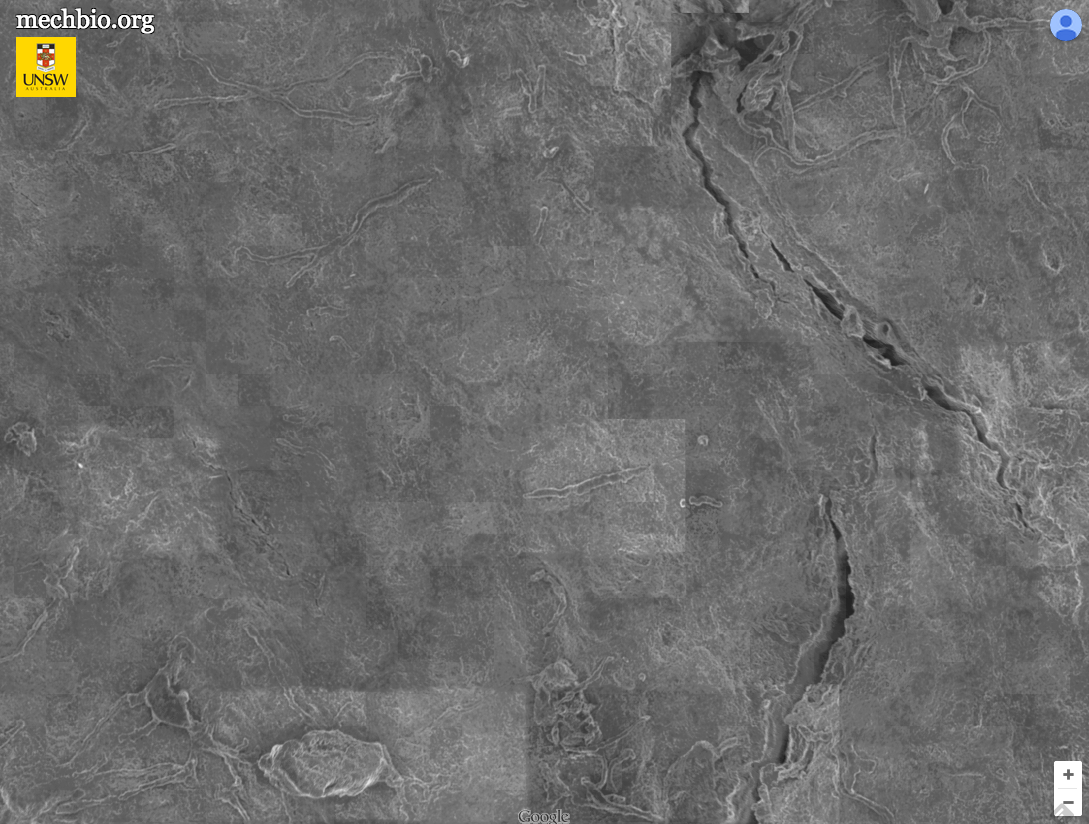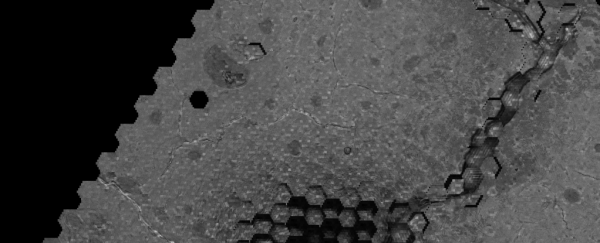Engineers from the University of New South Wales (UNSW) in Australia have unveiled world-first technology that lets you explore the human body down to the level of an individual cell, and it's kind of blowing our minds.
The zoomable tool uses Google Maps' algorithms to take you on a close-up tour of the structures that make us who we are, and will help researchers and doctors to better understand and treat disease.
"For the first time we have the ability to go from the whole body down to how the cells are getting their nutrition and how this is all connected," said Melissa Knothe Tate, a biomedical engineer from UNSW Engineering who is leading the project, in a press release. "This could open the door to as yet unknown new therapies and preventions."
Announcing the project at the Orthopaedic Research Society meeting in Las Vegas earlier this week, Knothe Tate explained that she's currently using the technology to research osteoarthritis - one of the leading causes of disability in the elderly.
The map allows her team to do research that previously would have taken 25 years in the space of just a few weeks, and allows them to see how the different tissues and cells of the hip work together in their natural environment to create a healthy joint.
You can explore their map of the human hip here. And is it just us, or does the hip joint look a lot like the surface of an extraterrestrial planet?

The 'Google Maps for the body', as the tool is being called, is based on an advanced electron microscope technique originally developed by German optical and industrial measurement manufacturing company, Zeiss, to help them inspect silicon wafers. To obtain the data on the hip joint, the team also partnered with the US-based Cleveland Clinic, and Brown and Stanford Universities, and then worked with Google to integrate their algorithms.
"These are terabyte-sized data sets, so the Google maps algorithms are helping us take this tremendous amount of information and use it effectively. They're the traffic controllers, if you like," said Knothe Tate in the release.
Already other teams are looking they can use this technology to explore the neural pathways and connections in the brains of mice, and other body parts will quickly follow.
"Advanced research instrumentation provides a technological platform to answer the hardest, unanswered questions in science, opening up avenues for fundamental discoveries, the implications of which may be currently unfathomable yet which will ultimately pave the way to engineer better human health and quality of life as we age," said Knothe Tate.
Even though the research potential of the technology is HUGE, we can't help but be excited by the thought that we might one day be able to zoom through the human eyeball, or take a tour down into the stomach. The future is going to be awesome.
Love engineering? Find out more about the world-leading research happening at UNSW Engineering.
